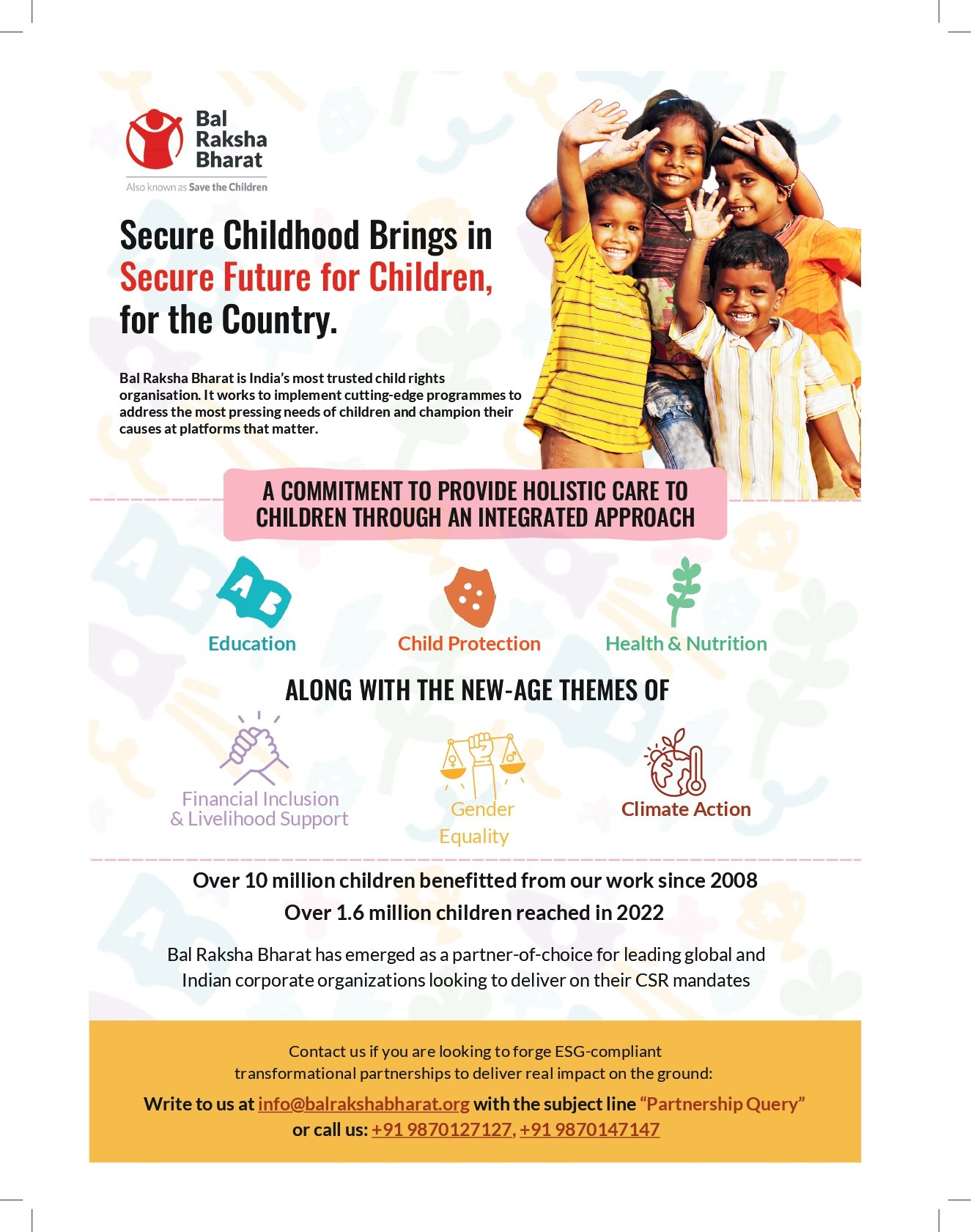The Swachh Bharat Mission which was launched on October 2, 2014, aims at making the country free from open defecation and achieving 100 per cent scientific management of municipal solid waste in 4,041 statutory towns in the country.
Objectives of the mission
- Elimination of open defecation
- Eradication of manual scavenging
- Modern and scientific municipal solid waste management
- To effect behavioural change regarding healthy sanitation practices
- Generate awareness about sanitation and its linkage with public health
- Capacity augmentation for urban local bodies
- To create an enabling environment for private sector participation in Capex (capital expenditure) and Opex (operation and maintenance)
Components of the Mission
- Household toilets, including conversion of insanitary latrines into pour-flush latrines
- Community toilets
- Public toilets
- Solid waste management
- Information Education Communication (IEC) and public awareness
- Capacity building and administrative and office expenses (A&OE)
The Targets for the Mission
- Construction of 66.42 lakh individual household toilets (IHHL).
- Construction of 2.52 lakh community toilet (CT) seats.
- Construction of 2.56 lakh public toilet (PT) seats.
- Achieving 100 per cent door-todoor collection and scientific management of municipal solid waste (MSW).
To ensure continuous engagement and higher awareness among the citizens, a participatory approach for implementation of the Swachh Bharat Mission is being planned in the form of cleanliness drives at regular intervals, which are specific to a sector. Theme-based interventions are conducted, targeting core city spaces and areas. Depending upon the specific theme, relevant government departments and entities are engaged to facilitate the implementation of the drives and participation by relevant stakeholders. It’s not in our behaviour to keep our surrounding clean and sanitized. At the most we keep our own houses clean and it is of no concern of ours to be careful about streets, lanes, parks or other public places. Even after 71 years of independence, it is really shameful that Indians are famous for their unhygienic behaviour.
Whichever government comes to power, its main priority is to make India clean. But the campaign of Swachh Bharat Abhiyan or Clean India Movement is the biggest step taken ever as a cleanliness drive till date. The government had associated the Abhiyan with the Father of the Nation, Mahatma Gandhi, as he was a great supporter of the cleanliness cause in the country and throughout his life was involved in activities related to sanitation and hygiene. The aim was to provide sanitation facilities to every family, including toilets, solid and liquid waste disposal systems, village cleanliness, and safe and adequate drinking water supply by October 2, 2019. It is significant that the Prime Minister Narendra Modi himself is taking a very proactive role in making the campaign a success; at Rajghat he started the campaign by cleaning the street by himself. A clean India would be the best tribute India could pay to Mahatma Gandhi on his 150th birth anniversary in 2019, the Prime Minister had said while launching the Abhiyan.
However, it has been clearly declared that the campaign is not only the duty of the government but each and every citizen of the country is equally responsible to keep the nation clean or swachh. On the day of the launch of campaign around three million government employees, students from schools and colleges as well had participated in the event to make it popularize globally and make common public aware about it. This event was organized at Rashtrapati Bhawan on October 2, 2014, in the presence of 1,500 people. This event was flagged off by the then President Pranab Mukherjee. Prime Minister Narendra Modi had nominated the name of nine famous personalities from business, industry, sports and Bollywood to drive the clean India campaign. He also had requested all the nine personalities to invite another nine personalities individually and requested them to continue the chain of nine people and take this campaign to every Indian living in any corner of the country. The Prime Minister also said that this campaign should be taken as a big challenge and should pass the request to invite other nine people individually (just like branching of tree) so that this vision of cleanliness may be completed till 2019 and India can become a clean country forever in the history.
Cleanliness Drives in Neighbouring Countries
Getting inspired from this Indian campaign, the Indo-Nepal Doctors Association launched a campaign called ‘Swachh Bharat Nepal – Swasth Bharat Nepal Abhiyan’ on January 3, 2015. It was started from the Indo-Nepal Border Region, Sunauli–Belihiya (near the birth place of Lord Buddha, the holy city of Lumbini, Nepal).
Other Cleanliness Programmes in India
The Central Rural Sanitation Programme (CRSP) was started in 1986 all over the country with a focus to construct individual sanitary latrines for the personal use of the people living below the poverty line. It had focused to convert the dry latrines to the low-cost sanitary latrines, to construct latrines especially for rural women with other facilities of hand-pump, bathing room, sanitation, washing hands, etc. It was targeted that all the provided facilities should be properly maintained by the village panchayats. It includes proper sanitation of the village such as drain systems, soakage pits, disposal of solid and liquid wastes, awareness of health education, awareness for social, personal, household and environmental sanitation, etc.
The total sanitation campaign (TSC) was started in 1999 by the Government of India in order to restructure the Rural Sanitation Programme. Nirmal Gram Puraskar was started in the month of June in 2003 as a sanitation programme to boost the TSC. It was an incentive scheme launched by the Government of India in 2003 to award people for total sanitation coverage, maintaining clean environment as well as making villages Open Defecation Free (ODF). The Nirmal Bharat Abhiyan (NBA) was also started in 2012. However, all the sanitation and cleanliness programmes run by the Indian Government earlier were not as effective as the current Swachh Bharat Abhiyan of 2014.
Gandhi Ji’s Scavenging Work
When the villagers near Gandhi’s ashram refused to cover excreta with soil believing it to be a scavenger work and sinful, Gandhi personally supervised the scavenging work in villages. To set an example, he himself used to go to the villages with a bucket and a broom and would clean the places. It is a great gesture and an apt tribute to the Mahatma that the government launched the Swachh Bharat Campaign on his birthday, i.e. October 2.
Corporate India’s Contribution
Heeding to the call of Prime Minister Narendra Modi, corporate India is also enthusiastically taking steps towards making the Abhiyan a success. Public and private companies are appending in cleanliness activities under their compulsory corporate social responsibility (CSR) schemes which is a statutory requirement as per the Companies Act, 2013. CSR is a mechanism through which companies invest in activities beneficial to society as a whole.
Major corporate houses such as L&T, DLF, Vedanta, Bharti, TCS, Ambuja Cements, Toyota Kirloskar, Maruti, Tata Motors, Coca-Cola, Dabur, Aditya Birla, Adani, Infosys, TVS and many others have earmarked budgets for Swachh Bharat projects. According to one estimate, `1,000 crore worth of various cleanliness projects are in the pipeline by the corporate sector, out of which `500 crore have been already invested on the campaign in past few years. These projects include building toilets in distant villages, running workshops on behavioural changes, waste management, water hygiene and sanitation activities among other things. In a bid to invite corporate funds for Swachh Bharat campaign, the government had recently decided that corporate contributions towards this scheme will now be counted as CSR spend. And to make it clearer later, the Corporate Affairs Ministry also amended Schedule VII of Companies Act to specify that contributions to Swachh Bharat Kosh would be an eligible CSR spending. Therefore, not only government and private individuals but also the corporate sector is playing its role in making India totally clean.
Celebrities Involvement in the Initiative
Many famous personalities of the film industry, politicians, sports, business industries, etc. such as Aamir Khan, Amitabh Bachchan, Hrithik Roshan, Sachin Tendulkar, Mridula Sinha, Anil Ambani, Baba Ramdev, Shashi Tharoor, Kamal Haasan, Priyanka Chopra, M. Venkaiah Naidu, Amit Shah, Salman Khan, team of a TV soap ‘Tarak Mehta Ka Oolta Chashma’ and many others participated in the campaign and uploaded their pictures on the Internet via Facebook and Twitter. Other celebrities involved in Swachh Bharat Abhiyan are Bollywood actors Anupam Kher, Parineeti Chopra, Akshay Kumar, Alia Bhatt, Neha Dhupia, Ajay Devgan, Subash Ghai (filmmaker), Gagan Narang (shooter), Vijender Singh (boxer), Manoj Tiwari, Mary Kom, Nagarjuna, Tamannaah Bhatia, Hema Malini, among others.
Participation of Schools and Colleges
It was also followed by the students from schools, colleges, universities and other educational institutions. Youths of the country involved in the daily routine jobs and other business activities also participated in the event and did the same.
Involvement of Public Figures
Most of the independent app developers have come out with mobile applications using technologies to make this campaign a success. Electronic and print media is also boosting this campaign through their articles and news publications. The Times of India motivated people towards the campaign by publishing an article under the title “Desi Companies Beat Facebook in ‘Swachh’ Apps Race”. Another published article was titled “This Indian App Could Change How People Talk to Their Government”.
A Review
Following are the facts and figures (as of November 2018) regarding the Swachh Bharat Mission:
- Around 89 million household toilets were built since October 2, 2014.
- More than 5 lakh villages were made Open Defecation Free, under the campaign.
- Additional 4,465 villages were made ODF across Namami Gange Initiative.
- Some 533 districts and 25 states were made ODF under the scheme.
- The household toilet overage in India has increased to 96.55 per cent till November 2018 from 38.70 per cent in October 2014.
- Some 7.45 lakh people uploaded their photographs under the Swachh Bharat Abhiyan since October 2, 2014.
What Lies Ahead?
Swachh Bharat Abhiyan is the best tribute that we can pay to Mahatma Gandhi. The initiative has started showing its results in the past few years and a sense of responsibility has been evoked in the minds of the citizens. There is a huge participation in the campaign from individuals and organizations in all the corners of the nation. The drive has taken the face of a national movement and people are joining hands to clean their surroundings and environment. Swachh Bharat Abhiyan is not only the responsibility of the government but also needs the unanimous support of the citizens to achieve its goal. If the same zeal and zest continues forever then the day is not very far when there will neither be a single heap of garbage nor a particle of dirt in our surroundings. And this will be the day when we can pay tribute to Mahatma Gandhi in real terms. The mission has two thrusts: Swachh Bharat Abhiyan (gramin or rural), which operates under the Ministry of Drinking Water and Sanitation; and Swachh Bharat Abhiyan (urban), which operates under the Ministry of Housing and Urban Affairs.
As part of the campaign, volunteers, known as Swachhagrahis, or “ambassadors of cleanliness”, have promoted indoor plumbing and community approaches to sanitation (CAS) at the village level. Other non-governmental activities include national real-time monitoring and updates from non-governmental organizations (NGOs) such as The Ugly Indian, Waste Warriors, and SWaCH Pune (Solid Waste Collection and Handling) that are working towards its ideas of Swachh Bharat. The government has constructed 89 million toilets since 2014, reducing the number of persons who openly defecate from 550 million to fewer than 150 million in 2018. But many people still continue to not use toilets despite having those. The campaign has also been criticized for using coercive approaches to force people to use toilets. A behaviour change is nevertheless needed to realize the dream of a Swachh Bharat and slowly but surely it will be achieved.



































